#witch books
Text

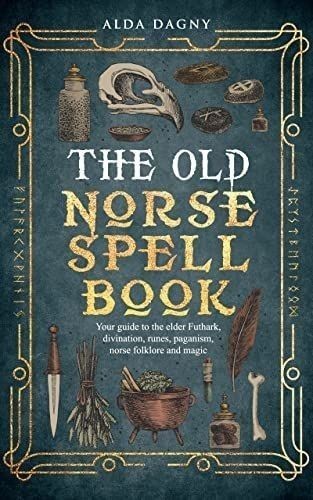
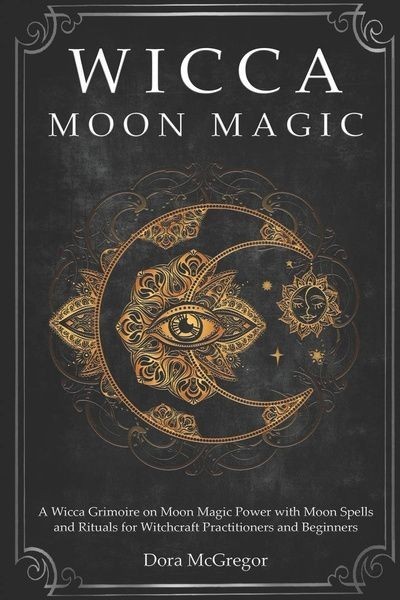



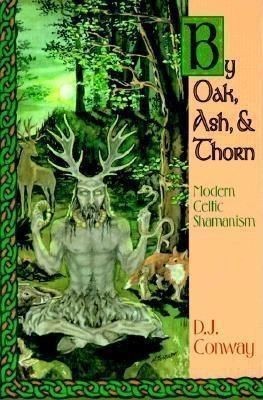



#witchcraft#witch#witches#dark#occultism#paganism#wicca#pagan#pagan wicca#cottage witch#witchblr#witch books#book of shadows#dark witch#wiccalife#esoterism#beginner witch#grimoire
505 notes
·
View notes
Text
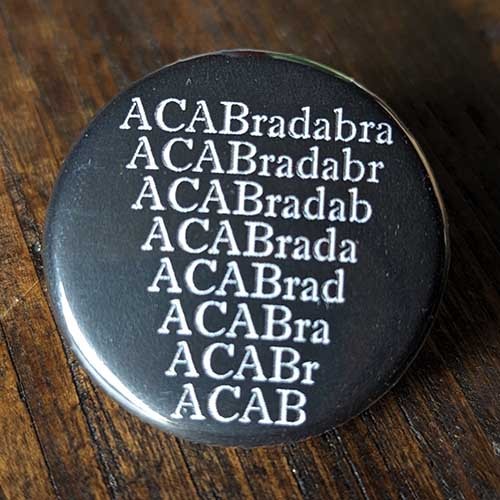
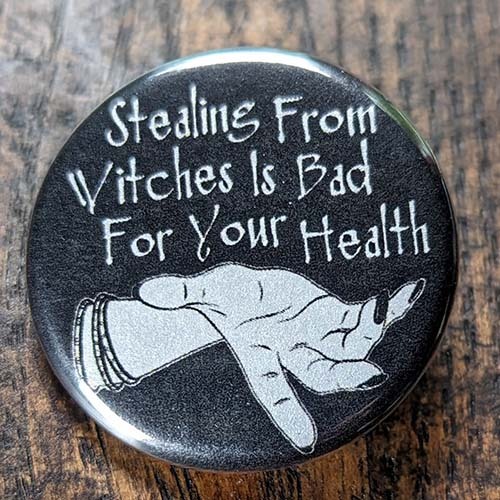
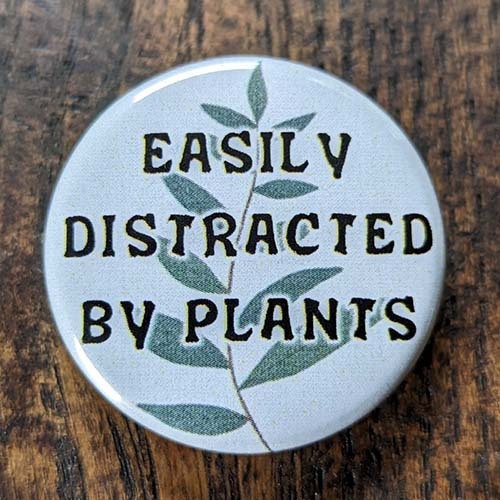

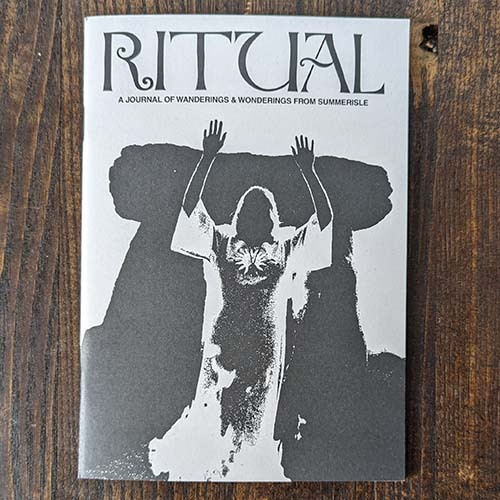

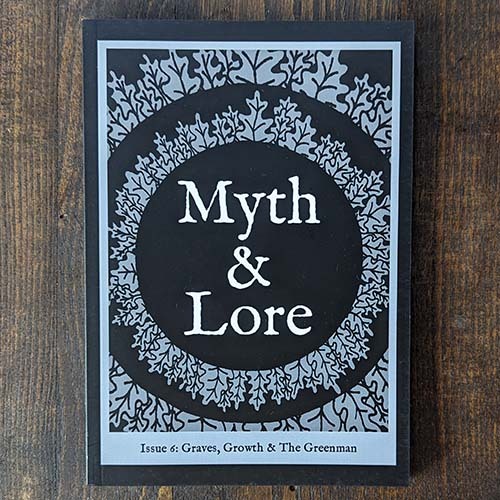

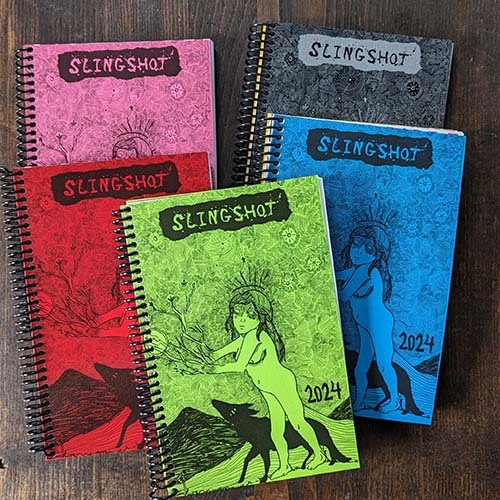

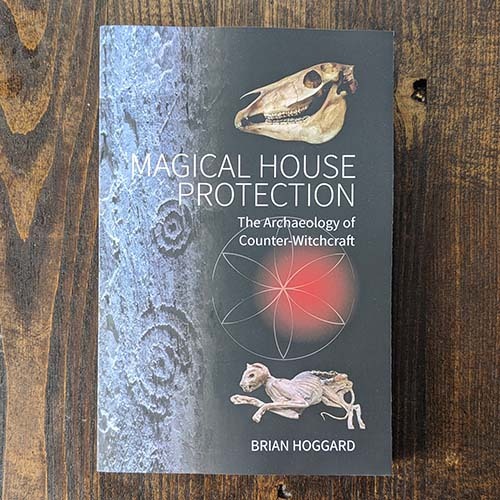
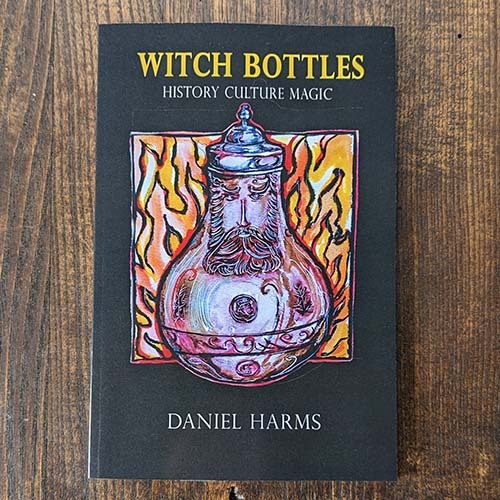
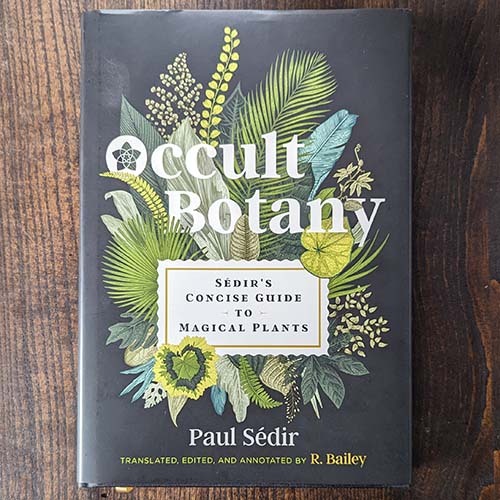
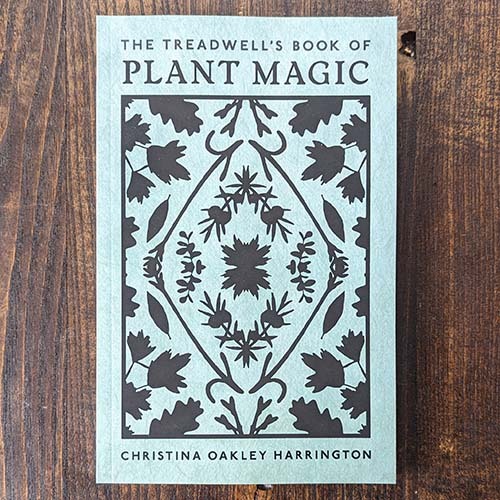
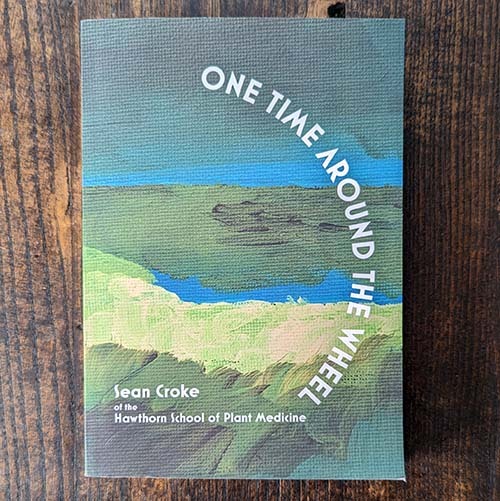
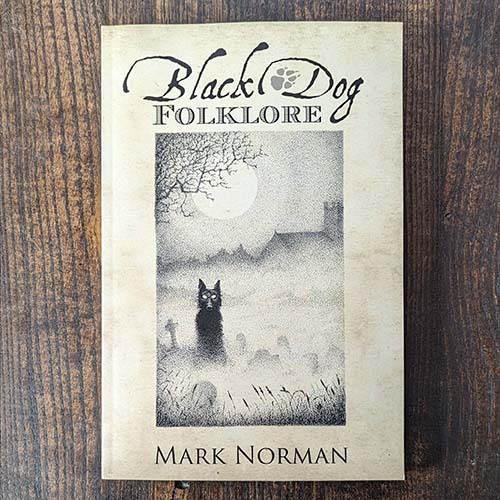
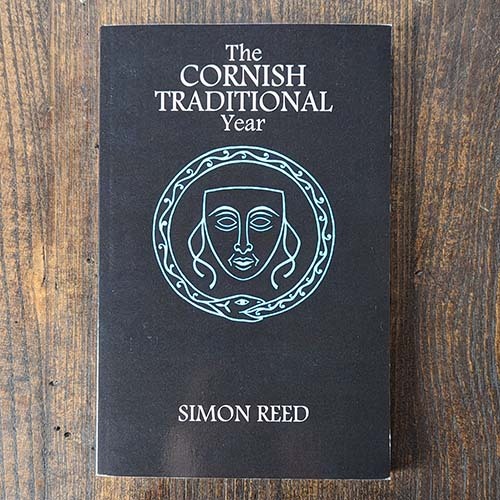


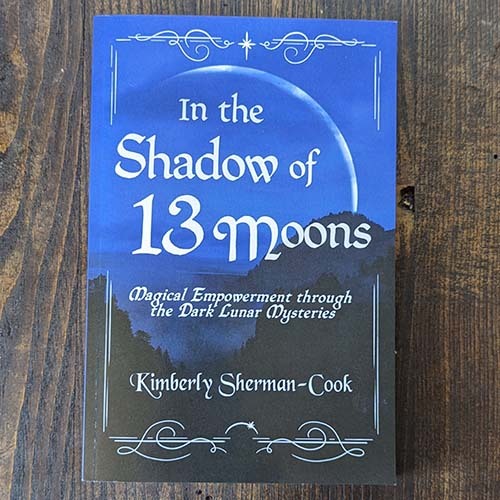

It's been a busy vending season! I finally got a chance to update the website with these new buttons, zines, books, and organizers!
Portland Button Works & Spiral House Shop September 22, 2023! - New in Stock for Autumn!
BUTTONS
ACABradabra
Stealing From Witches Is Bad For Your Health
Easily Distracted by Plants
Easily Distracted by Cats
ZINES
Ritual (from the folks at Weird Walk comes a fanzine about The Wicker Man)
Frogs Teeth Field Guide Issues 1, 2, 3
Myth & Lore Issues 1, 2, 3, 4, 5, & 6
SLINGSHOT ORGANIZERS
Small pocket sized
Small spiral bound
Large spiral bound
BOOKS
Sigil Magic: For Writers and Other Creatives by T. Throrn Coyle
Magical House Protection : The Archeology of Counter-Witchcraft by Brian Hoggard
Witch Bottles: History, Culture. Magic by Daniel Harms
Occult Botany: Sédir's Concise Guide to Magical Plants by Paul Sédir
The Treadwell's Book of Plant Magic by Christina Oakley Harrington
One Time Around The Wheel by Same Croke
Black Dog Folklore by Mark Normal
The Cornish Traditional Year by Simon Reed
From Granite to Sea: The Folklore of Bodmin Moor and East Cornwall by Alex Langstone
The Kitchen Witch: Your Complete Guide to Creating a Magical Kitchen with Natural Ingredients, Sacred Rituals, and Spellwork
In the Shadows of 13 Moons: Magical Empowerment through the Dar Lunar Mysteries by Kimberly Sherman-Cook
Mountain Magic: Explore the Secrets of Old Time Witchcraft by Rebecca Beyer
#ACAB#witch shop#witch store#witchblr#witchcraft*#witch books#magic books#green witchcraft#pagan#slingshot organizers#traditional witchcraft#folk magic#treadwells#plant magic#sigils#sigil magic#witch bottles#magical protection#black dogs#shadow work#conish magic#cornish witchcraft#kitchen witch#gemma gary#troy books#wickerman#wicker man#myth & lore#myth and lore#witchy zines
414 notes
·
View notes
Text
On animism
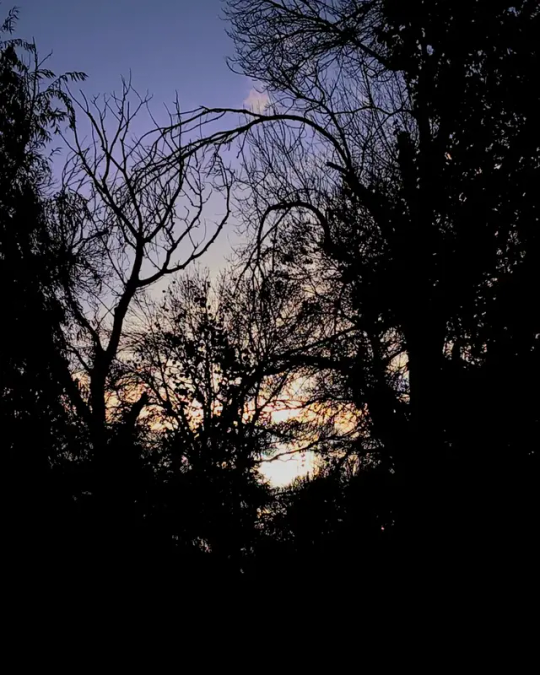
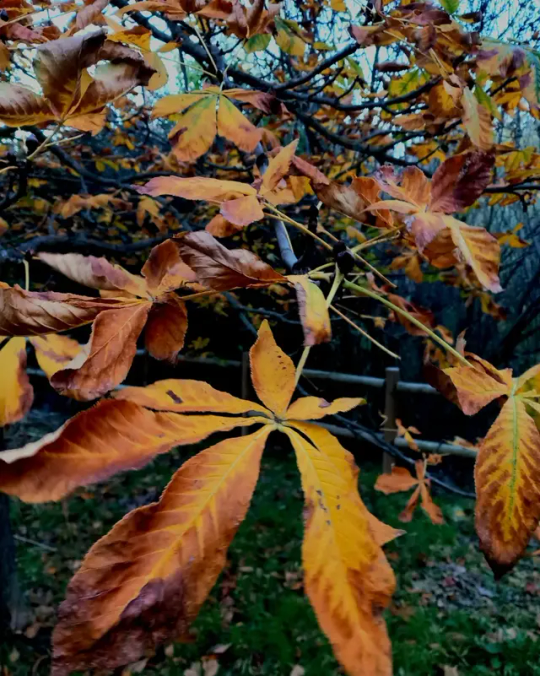
One of my teachers at university told us something today, that I believe to be relevant to animism and therefore also witchcraft:
He explained that in the West we see everything as occurences, whereas in some languages the same happenings are described as actions. Meaning that in the West we tend to imply that there is no agency involved in whatever happens, while some other languages tend to imply that someone activily causes things. His example was that in the West rain is understood as something that just happens, no one causes the rain. Whereas in Mesoamerica it was believed that it rained because some god was crying.
While the idea of a literal crying god causing it to rain on earth might be outdated, I find it really interesting how these two perspectives - events vs. actions - might shape our relationship with the world. If rain is not just an occurence, but someone acting with agency, rain becomes another part of the community we live in. The community then doesn't only consist of humans anymore, but of everything that surrounds us. Suddenly there are all these new players that actively affect your life with their actions. Other-than-human persons that you can interact with and with whom you have to keep a friendly relationship. If the tree in front of your house isn't just an object, but a being with agency, you actually have to be at least respectful and might even want to build a relationship with them, get to know them, learn from them.
I think that's really the core of animism. Descriptions of animism are often reduced to the believe that everything has a soul, but I think believe doesn't even factor into it. You don't need to believe that there is a non-physical aspect to rain, mountains, stones. It's about how we interact with them. I don't even have to ask myself the question if the tree in front of my house has a soul in order to learn about and from them or to interact with them. In my opinion animism is something that is done, not thought or believed. It's a perspective.
Listening to my teacher also reminded me of the following part of Braiding Sweetgrass (great book btw) which explains all this really well:
A bay is a noun only if water is dead. When bay is a noun, it is defined by humans, trapped between its shores and contained by the word. But the verb wiikwegamaa - to be a bay - releases the water from bondage and lets it live. "To be a bay" holds the wonder that, for this moment, the living water has decided to shelter itself between these shores, conversing with cedar roots and a flock of baby mergansers. Because it could do otherwise become a stream or an ocean or a waterfall, and there are verbs for that, too. To be a hill, to be a sandy beach, to be a Saturday, all are possible verbs in a world where everything is alive. Water, land, and even a day, the language a mirror for seeing the animacy of the world, the life that pulses through all things, through pines and nuthatches and mushrooms. This is the lan- guage I hear in the woods; this is the language that lets us speak of what wells up all around us.
[...]
This is the grammar of animacy. [...] In English, we never refer to a member of our family, or indeed to any person, as it. That would be a profound act of disrespect. It robs a person of selfhood and kinship, reducing a person to a mere thing. So it is that in Potawatomi and most other indigenous languages, we use the same words to address the living world as we use for our family. Because they are our family.
To whom does our language extend the grammar of animacy? Naturally, plants and animals are animate, but as I learn, I am discovering that the Potawatomi understanding of what it means to be animate diverges from the list of attributes of living beings we all learned in Biology 101. In Potawatomi 101, rocks are animate, as are mountains and water and fire and places. Beings that are imbued with spirit, our sacred medicines, our songs, drums, and even stories, are all animate. The list of the inanimate seems to be smaller, filled with objects that are made by people.
[...]
The language reminds us, in every sentence, of our kinship with all of the animate world.
- Robin Wall Kimmerer, Braiding Sweetgrass: Indigenous Wisdom, Scientific Knowledge and the Teachings of Plants (2013), p. 78-80.
#animism#witchcore#witch blog#witchcraft#witch books#braiding sweetgrass#witchy#folk witchcraft#folk magic#plant witch#bookblr#bookish#booklr#studyblr#animist
295 notes
·
View notes
Text

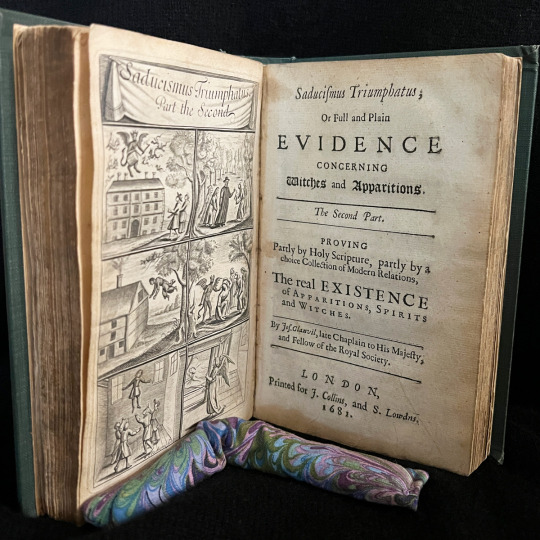
Witch Book Enthusiasts!
Allow us to introduce the most witch-y book currently for sale in the Rare Book Room at Powell's: 'Saducismus Triumphatus: or, Full and Plain Evidence Concerning Witches and Apparitions' (1681, by Joseph Glanvil)
Learn more about this and other supernatural tomes from our Rare Book specialist on the Powell's Blog.
#books#rare books#Powell's Books#powell's#vintage books#antique books#supernatural books#witch books#witchy
202 notes
·
View notes
Text
occult books and references!
collections: (pdfs on google docs)
https://docs.google.com/document/u/0/d/1rQeBdU91DN74tYBRY9-qb5jp8b0fayzDFN5drULV3pk/mobilebasic
above is the holy grail for beginners! so many great resources.
satanic bible:
beginner chaos magick
mirror magick
preotection and reversal magick
72 angels
ars vercanus advanced witchcraft
art of evocation
#occultism#occultblr#witchblr#witchcraft community#witchcraft#witchcraft resource#occultist#occult#witchy#witch books#occult books#occult resources#chaos magick#enochian#paganism#ars goetia#demonaltry#satanism
191 notes
·
View notes
Text
Everything You Need to Know About Crystals: Chrysoprase
The Stone of Venus



Requested by @acovenoftwo
Chemical Formula: SiO2
Color: Apple green, lemon
Rarity: Easy to obtain as a tumble stone, finer quality is expensive
Hardiness: 7
Type: Chalcedony
Chakra Association: Heart and Solar Plexus
Deities: Venus
Birthstone: May
Astrological Signs: Gemini, Taurus
Element: Water
Planet: Mercury
Origin: Formerly Poland, Now Australia, Brazil, Madagascar, Russia, Tanzania, USA
Powers: Encouraging development, Compassion, Tolerance, Growth, Forgiveness, Connection to Nature
Crystals It Works Well With: Mountain “jade”, Tourmaline, Smokey Quartz
How It is Created: Chrysoprase is a type of chalcedony quartz with a microcrystalline structure. Its color comes from nickel deposits, and it can be found in pale shades through to brighter green. Raw pieces have a granular appearance, similar to pieces of coconut, and a waxy sheen when polished.
History: Chrysoprase, called Stone of Venus because in antiquity it represented the goddess of divine love, the famous Venus, is a magnificent apple-green nickeliferous chalcedony belonging to the family of microcrystalline quartz. The ancient Egyptians also used chrysoprase for practical purposes such as sealing letters, but they would also wear pendants, amulets and other jewelry made of chrysoprase. For hundreds of years, the only major source of chrysoprase was a region of southwestern Poland between the Czech Republic and Germany, formerly known as Lower Silesia. This area has a complex geology and is extremely rich in all kinds of mineral deposits, including gold, silver, serpentine, quartz, marble, granite, alabaster—and chrysoprase. Stone artifacts from as far back as the Iron Age show the long history of Silesian carving and masonry. In the eighteenth century, Frederick II, King of Prussia (now part of Germany), conquered Lower Silesia. In particular, he wanted its deposits of green chrysoprase, which he used to decorate the halls of his favorite palace at Potsdam near Berlin.
What It Can Do:
Known as the healer of the heart space and helps connect you with infinite supply of compassion and love
Supports cardiac health and provides a centered peace
Helps people suffering from melancholy and manifests optimism and joy
Can be placed by homegrown herbs and vegetables to boost production
Perfect to artist as it increases creativity and talent
Encourages fidelity, forgiveness, compassion, and nonjudgmental thinking in relationships, while banishing greed and selfishness
Helps with inducing deep meditative states and promotes the love of truth
Calming and nonegotistical, creating openness in new situations
Stimulates fluent speech and mental dexterity, preventing you from speaking out unthinkingly in anger
Lifts oppressive and recurrent images, preventing nightmares, especially in children
Is said to detoxify heavy metals in one’s body and stimulate liver function
Is said to enhance fertility, reverse effects of infertility that are caused by infection and guard against STIs
Increases the absorption of Vitamin C
How to Get the Best Out Of: Wear as a necklace, bracelet, earrings or even use it in an elixir. Carrying chrysoprase for long periods attunes to the devic realm, a band of frequency found present on Earth which can connect you to nature and the planet directly
How to Cleanse and Charge: Can be cleansed briefly under running water then recharged overnight among a host of rock crystals for a few weeks. Cleanse during a rain shower for optimized cleansing,
Crystal Grid:
Healing for Children (Nightmares)
Shape: Fruit of Life
• 6 “issue” or calming stones
• 4 grounding crystals
• 2 light-bringing crystals
1. Hold your crystals in your hands and state your intention for the grid.
2. Lay the central keystone to represent your child.
3. Lay six crystals around the keystone to assist with the challenge or issue. (These crystalscan either represent a single issue, or different ones—whichever feels best to you. However,it may be more effective to address separate issues by laying individual grids.)
4. Lay four grounding crystals to anchor the grid at each corner of the “square.”
5. Lay a light-bringing crystal at the top and bottom.
6. Leave in place until the issue or issues have been resolved, remembering to cleanse thegrid regularly.
Crystals to use: Chrysoprase, Amethyst, Prehnite, Bloodstone
Sources
#witchblr#witch community#witchcraft#paganblr#occulltism#nature#witchcraft 101#crystal witch#crystals#crystal grid#witch books#witch resources#requested#chrysoprase#geology#rocks#venus
77 notes
·
View notes
Text
This week's Friendly Reminder is that witchy writers will not always tell you the exact purpose or reasoning behind every component in a spell or recipe and this is not an indicator of poor writing or a bad book.
Component purposes and correspondences should be obvious or at least presumable from the description of the spell. It's usually a pretty safe bet that whatever is included is aligned with the intended purpose of the thing to be done. For example, if the spell is a luck spell, you can probably assume that included components have some association with luck, prosperity, abundance, or attraction. If a powder is meant to banish something, the components are likely to be ones that deflect, cleanse, repel, or protect.
While it can be helpful for the author of a spell or recipe to explain all this point-by-point, it is not commonly done unless the explanation is relevant to the casting process, the components or use thereof are unconventional, or the book is meant for readers who are completely unfamiliar with the use of the listed components.
Common knowledge isn't common to everyone, but there's only a certain amount of hand-holding that can be done. At some point, an author must assume that the reader will either understand the instructions, take things on faith, or take the initiative look up additional information themselves if they feel the need.
Source: A recent spate of reviews complaining that my books are hard to understand because I don't fully explain the purposes and correspondences of each component in my published spells and recipes.
#witchblr#witch community#witchcraft#witch books#baby witch#Advice for Beginner Witches#Honestly I do not understand how some witches will complain that there aren't more Beyond 101 books#And then also complain when a book doesn't spoonfeed them info or include encyclopedia-worthy explanations of every mentioned concept#What exactly do ppl think Beyond 101 means?
111 notes
·
View notes
Text
some of my favorite beginner witchcraft books!
as a 'baby witch', it's hard to figure out what's truly meant for beginners, and what's meant for more advanced practitioners. so, i've compiled a list of my favorite beginner witch books!
Drawing Down the Moon by Margot Adler
A fantastic (yet dense) book on overall witch history, historical figures in witchcraft, and the different "branches" of witchcraft that has developed over the years.
Elemental Witchcraft by Michelle Heron
While this book is meant to be Heron's own teachings about the "pentacle path" (and I'm not a huge fan of Heron's writings/musings), there is amazing information in this book about the foundations of witchcraft like hermetic philosophy and witch history. If you pick up this book, just make sure to take everything with a grain of salt.
Queer Magic edited by Lee Harrington and Tai Fenix Kulystin
If you follow me, you're probably a queer witch - and this book is essential. It's a collection of essays and musings, all by witches from different backgrounds, orientation, and practices. It's a fantastic read that I highly recommend to anyone that wants to be more inclusive with their practice - especially those who plan on building their own witchy communities.
Grovedaughter Witchery by Bree NicGarran (AKA @breelandwalker, right here on Tumblr!)
I couldn't make this list without including this incredible spell book. I know beginner witches are eager to get their hands dirty, and this book is perfect for that - tons of simple spells, rituals, and crafts for any witch. (And, tons of sass from Mama Bree herself!) I highly recommend picking up this book if you're interested in getting started in spell work, and if you're new to learning about correspondences.
The Magical Household by Scott Cunningham & David Harrington
Now... I'm not a huge fan of Scott Cunningham. He has a lot published, and most of his books are just regurgitations of other books he's written - but I really enjoyed this one. If you're a household witch, or you're interested in household magic, this is a great book to have on hand. It contains tons of rituals for the home (folklore included!), magical recipes, and tons more.
if you're interested in additional witchy books/readings, check out my reading materials tag!
(also, my ask box is completely open for discussion! if you've read these books, let me know if you liked them or not! or, if you have any recommendations for other witchy books, i'd love those, too!)
#beginner witch#witchcraft#baby witch#witchcraft 101#witches of tumblr#witch#witchblr#witchy#pagan#thevirginwitch#pagan witch#witch books#witchy books#reading materials
1K notes
·
View notes
Text
Here's my unwanted opinion on some witchcraft books
This is a list of opinions I have on some popular witchcraft, occult and practitioner related books. I don't talk about anything I haven't read myself.
This is in no way stopping you from reading them yourself, it's just what I think of them as an experienced practitioner and pagan.
I now have a Goodreads account you can look at if you're curious what else I've read but it's a mess and I've just added my bookshelf on in bulk.
Lisa Lister - Witch
To get this out of the way. It's bio essentialist crap and we all know this by know but it bears repeating. This is an example I've used in my grimoire of how transphobia seeps into spiritual spaces and goes unchecked under the guise of feminism and women empowerment. Arguing that a witch's power comes from her womb as a bowl of nature and creative magic. If that's what you like to draw from then all power to you, I have no problem with that. What I have a problem with is that Lister directly infers that the title of 'witch' is exclusive to this specific demographic of women.
I find her statements gross and dehumanising to women and her argument falls apart completely when you remember that not every woman has a womb, big duh moment I know. It correlates with TERF ideology that certain women are inherently more powerful because of a female reproductive system as opposed to women as a whole being powerful because of their autonomy as human beings. "But if that's true then what's stopping cis men, trans and nonbinary people from being practitioners?" LITERALLY NOTHING!
Sky Alexander - The Modern Witchcraft Spell Book and The Modern Witchcraft Grimoire
Very simple. Pretty cover. Overall they make for ok resources for beginners but once you're out of the beginner phase they really fall flat. Alexander doesn't provide much context when referencing certain tools and practices and tends to confuse witchcraft with wicca.
The Farrars - A Witches' Bible
Dated. Uses the G slur. Their books are all mislabelled wicca which makes sense because these books have been around since the 90's when there wasn't much of a difference and you can tell. They do not hold up to today's standards. They are a good example of how practices have historically been conflated in pop culture.
Does discuss ritual nUdity (they call it skyclad) and includes pictures. I wanted to mention it here to not surprise anyone in case any of you aren't comfortable with it.
Rachel Patterson - Grimoire of a Kitchen Witch
A book about kitchen witchcraft that doesn't include any kitchen witchcraft. It's more like a basic beginners grimoire. Very repetitive.
Features a chapter on hoodoo which I'm unsure about. I don't know anything about hoodoo or rootwork but I'm assuming it's a practice exclusive to the black community in America due to it developing during the period of enslavement in the US. I'm also assuming that Patterson isn't a part of this community due to being white and British. If I'm wrong and Patterson is genuinely part of the practice and can honestly speak on the topic please correct me.
Scott Cunningham - Encyclopaedia of Magical Herbs
A good resource for correspondences, easy to digest but Cunningham focuses on wicca (again) using wiccan practices like complementarianism and gendering nature which to me makes no sense (I know about the law of polarity but I do not agree with it). The pictures of plants are nice but the folklore provided for them is pretty minimal. You can find all the same info for free online.
Judika Illes - Encyclopaedia of Spirits
Honestly not that bad. There's a lot of information and it's pretty consistent throughout. It's a huge book though, it can be kind of overwhelming but they take from multiple sources when discussing the mythos of deities which is a plus. The pages are very thin and delicate which can make it hard to read the text.
Joey Hulin - Your Spiritual Almanac
it's eh in the broadest sense. I liked the folklore and the eco action sections but I didn't really absorb any of it. a lot of the corresponce lists was information I already knew about. It felt very repetitive. Would have loved to have seen more detailed information about the changes happening in nature each month.
Rachel Pollack - Seventy Eight Degrees of Wisdom
Pollack is very informative, and honestly a great resource for tarot work, she knows her shit and isn't afraid to info dump. The only thing I didn't really like is all the mentions of dualism like of mother v father, male v female but that's entirely my issue and it's the nature of tarot to be dualistic, It just isn't a necessity to me and my practice. Still a great book.
Aleister Crowley - Magick
A great example of what not to do. Appropriates dharmic practices and Jewish mysticism. When he wasn't stealing from other cultures or being a massive contrarian Crowley was writing about sex magic and it's discussed here in uncomfortable detail.
#I will talk about my issues with witchcraft books in a reblog#bear in mind i've only be a practitoner for about 6 years but i've been a pagan my whole life#so i do not have the conventional baby witch experiences which definitely altered my perspective on what i looked for#witchblr#witch#witchcraft#pagan#pagan witch#kitchen witch#paganism#hellenic pagan#hellenic witch#grimoire#witchcraft books#witch books#witchy books#helpol#hellenic polytheism#hellenism#witchy#eclectic witch#pink witch
261 notes
·
View notes
Text

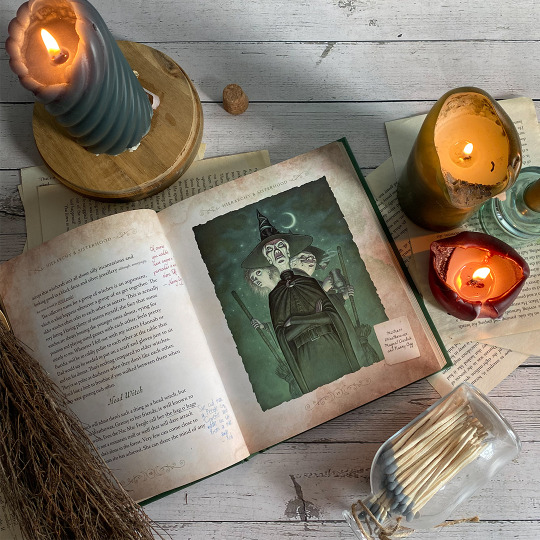
✨ A magical guide ✨
Tiffany Aching's Guide to Being a Witch by Rhianna Pratchett and Gabrielle Kent, illustrated by Paul Kidby, is out now!
Read more.
#tiffany aching#terry pratchett#rhianna pratchett#gabrielle kent#discworld#gnu terry pratchett#2023 books#witches#witch books#penguin books#puffing books#reading
72 notes
·
View notes
Text

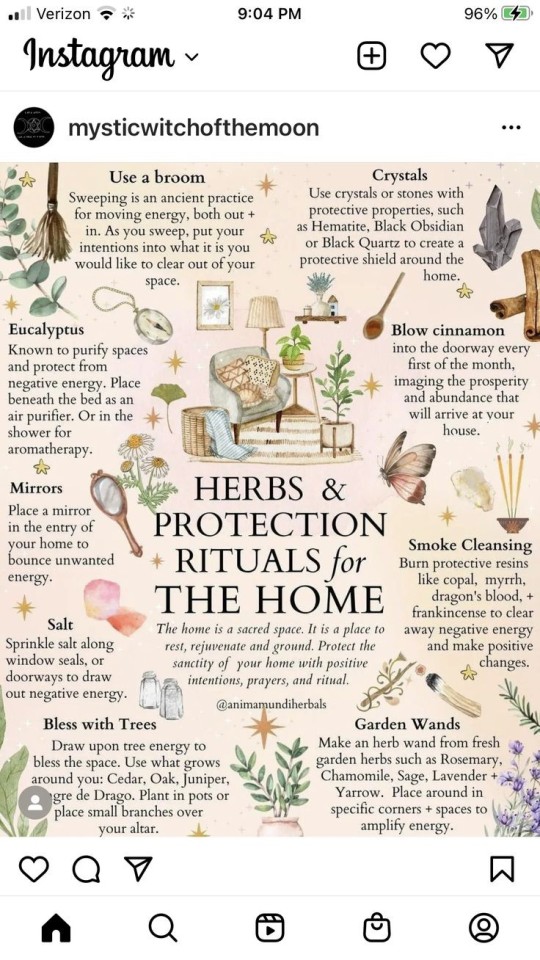

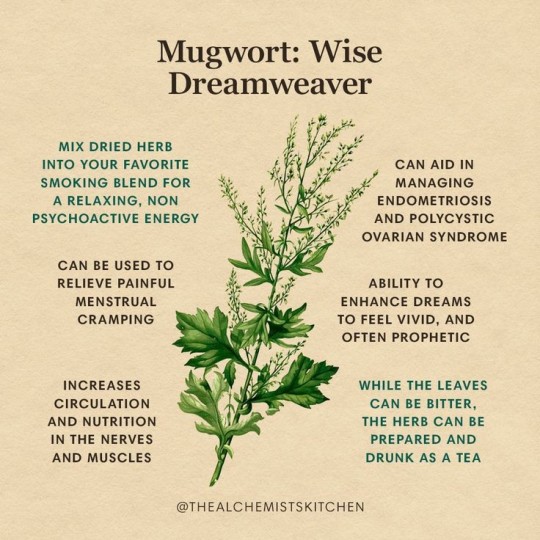


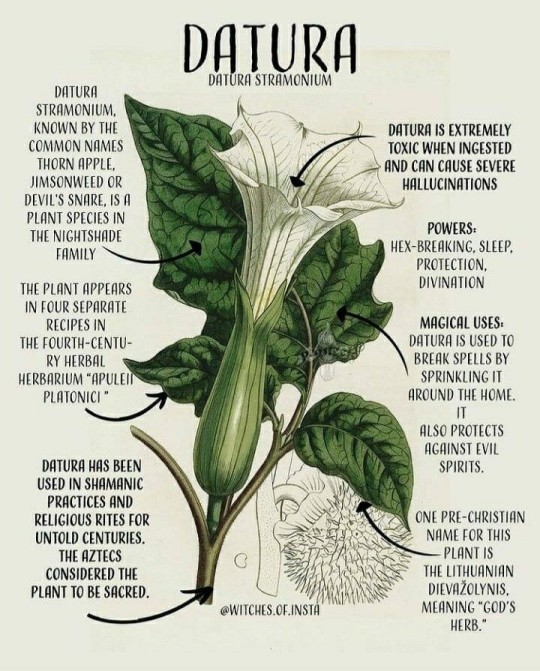



#kitchen witch#witch#witchcraft#witches#dark#plantas#plants#plants and herbs#grimore#grimoire#witch books#book of shadows#herboristerie#medicinal herbs#herbs and spices#herbarium#herbs#green witch#witchy#pagan witch#brujah#hedge witch
124 notes
·
View notes
Text



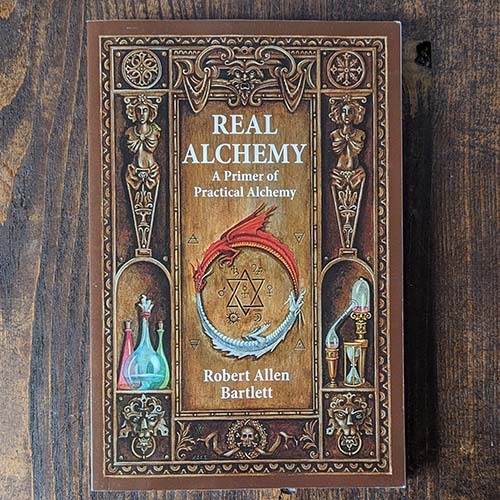


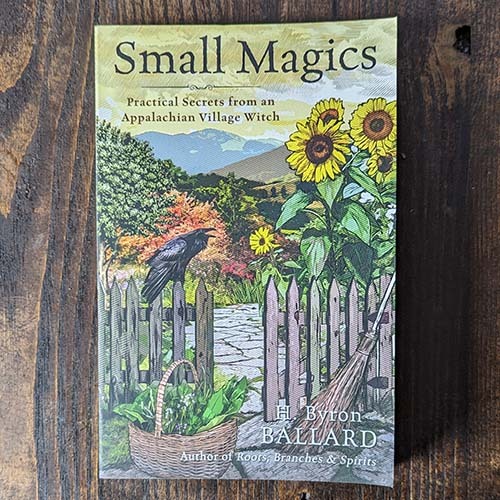



New in the Spiral House Shop!
September 29, 2023
The Long Hidden Friend by John George Hohman Edited and Illustrated by Gemma Gary
Magic: A History: From Alchemy to Witchcraft, from the Ice Age to the Present by Chris Gosden
The White Deer: Ecospirituality and the Mythic by Melinda Reidinger
Real Alchemy: A Primer of Practical Alchemy by Robert Allen Bartlet
Visual Alchemy: A Witch's Guide to Sigils, Art, and Magic by Laura Tempest Zakroff
How to Deal: Tarot for Everyday Life by Sami Main
Small Magics: Practical Secrets from am Appalachian Village Witch by H Byron Ballard
The Seed & Sickle Oracle Deck by Fez Inkwright
Crafting a Daily Practice: A Simple Course on Self-Commitment by T Thorne Coyle
The Gorgon's Guide To Magical Resistance edited by Laura Tempest Zakroff
#laura tempest zakroff#gemma gary#traditional witchcraft#appalachian witch#small magics#witchblr#tarot#alchemy#real alchemy#history of magic#white deer#witch shop#witch books#seed and sickle
207 notes
·
View notes
Text
Advice for beginner witches or any witch in general: When evaluating witchcraft or spiritual books, it's a good idea to be cautious of certain terms and phrases that may raise red flags. Here are some terms and phrases to watch out for:
"Solve all your life's problems": Be skeptical of books that promise to solve all of your life's issues or challenges through their practices. Life is complex, and no single approach or belief can provide all the answers.
"Open up your mystical powers" or "gain magical abilities": Beware of claims that suggest you can acquire mystical or magical powers through a book or practice. Real personal growth and development often take time and effort; and none of that is a "mystical ability". Truly learning skills is psychological and obviously observed in the consistent change of beliefs, behaviors, cognition and habits.
"Take control of the universe" or "change reality": Claims that you can control powers of the entire universe or fundamentally alter reality should be met with skepticism. Witchcraft is typically more about personal growth and understanding rather than controlling external forces.
"Guaranteed results" or "instant success": Books that promise results or success based purely on mysticism should raise suspicion. Personal growth and spiritual development are ongoing processes that vary for each individual.
Lack of credible sources or citations: If a book lacks credible sources, resources or citations, it might be based on unfounded claims, anecdotal evidence or personal opinions rather than solid research.
Excessive use of jargon and buzzwords: Be cautious of books that rely heavily on buzzwords and jargon without offering clear explanations or practical guidance.
Examples:
"Athame": A ceremonial double-edged knife often used in rituals.
"Coven": A group of witches who practice together and often follow a specific tradition or path.
"Grimoire": A personal or magical journal where witches record spells, rituals, and experiences.
"Ancestral veneration": The practice of honoring and connecting with one's deceased ancestors.
"Casting a circle": A ritual act of creating a sacred and protected space for magical work.
"Invocation": A prayer or ritual act calling upon a deity, spirit, or energy to be present.
"Sabbats" and "Esbat": Terms for specific Wiccan or pagan holidays and full moon rituals.
"Widdershins" and "Deosil": Terms used to describe counterclockwise (widdershins) and clockwise (deosil) motions in rituals.
"Boline": A ritual knife used for practical purposes, like cutting herbs or cords.
"Astral projection": The practice of consciously leaving one's physical body and traveling in the astral realm.
"Akashic records": A supposed universal database of information that can be accessed through meditation or divination.
"Elemental correspondences": Assigning specific elements (earth, air, fire, water) to different directions or attributes in magic.
"Hedge witch" or "Kitchen witch": Descriptions of different paths or specialties within witchcraft.
"Asperger" and "Smudging": Ritual acts of sprinkling or using smoke for purification.
"Shadow work": The process of exploring and integrating one's dark or unconscious aspects for personal growth.
Overemphasis on the author's credentials or experience: While it's essential for authors to have knowledge and experience, excessive self-promotion and credential boasting may be a sign of self-aggrandizement.
To make an informed choice, it's essential to read reviews, seek recommendations from trusted sources, and evaluate the author's background and credibility. If a book or resource sounds too good to be true or makes grandiose claims, it's a good idea to approach it with skepticism and consider alternative, well-researched materials.
If you are truly struggling with financial issues, mental health, emotional stability, a lack of guidance, or any other concerning issues, please consider seeking support from professionals, therapists, counselors, or support groups. While witchcraft and spirituality can be meaningful aspects of your life, they are not substitutes for addressing serious challenges or seeking professional help. There are real, evidence-based methods and experts who can provide the assistance and guidance you need to work through these issues. Remember, your well-being should always come first, and taking a holistic approach to your personal growth includes addressing the mental, emotional, and practical aspects of your life. Don't hesitate to reach out to qualified individuals who can provide the support you deserve.
#witchblr#witchcraft#spiritual growth#witches of tumblr#psychology#self care#self awareness#healing#self development#self improvement#witch books#beginner witch
66 notes
·
View notes
Text
Y’all it is “Stuff Your Kindle Day” and you can get free books! I found the following herbalism & witchy books:
The Tarot Spellbook
Liquid Spells
39 Most Potent Medicinal Plants & Herbs
The Complete Guide to Herbal Medicine
Guided Meditation for Beginners
Crystals and Healing Stones
Candle Magic for Beginners
Wicca Herbal Magic
Herbal Tinctures for Beginners
Herbal Remedies Guidebook
12 Healing Herbal Recipes
Wicca: The Essential Wicca Beginners Guide
The Witchcraft Delusion In Colonial Connecticut
I haven’t read these yet, but I got all of these today! I wanted to share that you can find some great books for free! 🥳✨
#witchblr#witch#witchcraft#beginner witch#witch books#reading#free books#witchythings#witchy vibes#herbalism#spells#stuff your kindle day
68 notes
·
View notes
Text

Very much enjoying this book by Martin McGreggor on theistic satanism, definitely a treat 🖤
#satan#satanism#devil#witchcraft#witch#demonolatry#lucifer#dark#paganism#demons#theistic satanism#book of the fallen#martin mcgreggor#witch books#demonolatress
91 notes
·
View notes
Text
*book excerpt*
Yue’s gaze fell on Rosen’s chest. ‘Wait, is that blood? Are you alright?’
‘It’s okay, most of it is mine,’ Rosen said, smoothing out her blood-soaked clothes like it was nothing to fret about.
‘Am I supposed to feel reassured?’ Yue said, frowning. ‘What happened? Did the flowers do that?’
‘River stabbed me.’
‘It was an accident!’ River said.
‘It was,’ Rosen said, like it ever needed confirmation.
—The Silver Birds, by Apolline Lucy

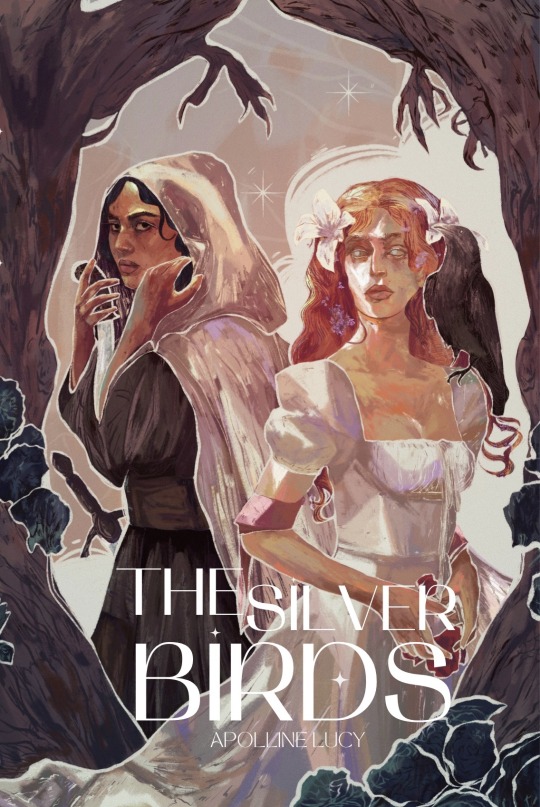
#book exerpt#book quotes#sapphic books#book rec#book recommendations#book review#reading#sapphic#queer books#wlw books#writing#writeblr#booklr#indie author#indie books#fantasy books#sapphic fantasy#book club#bookish#books and reading#the silver birds#queer fantasy#writers supporting writers#authors supporting authors#mine#witchy#witch books#books#lgbt books#bookworm
21 notes
·
View notes